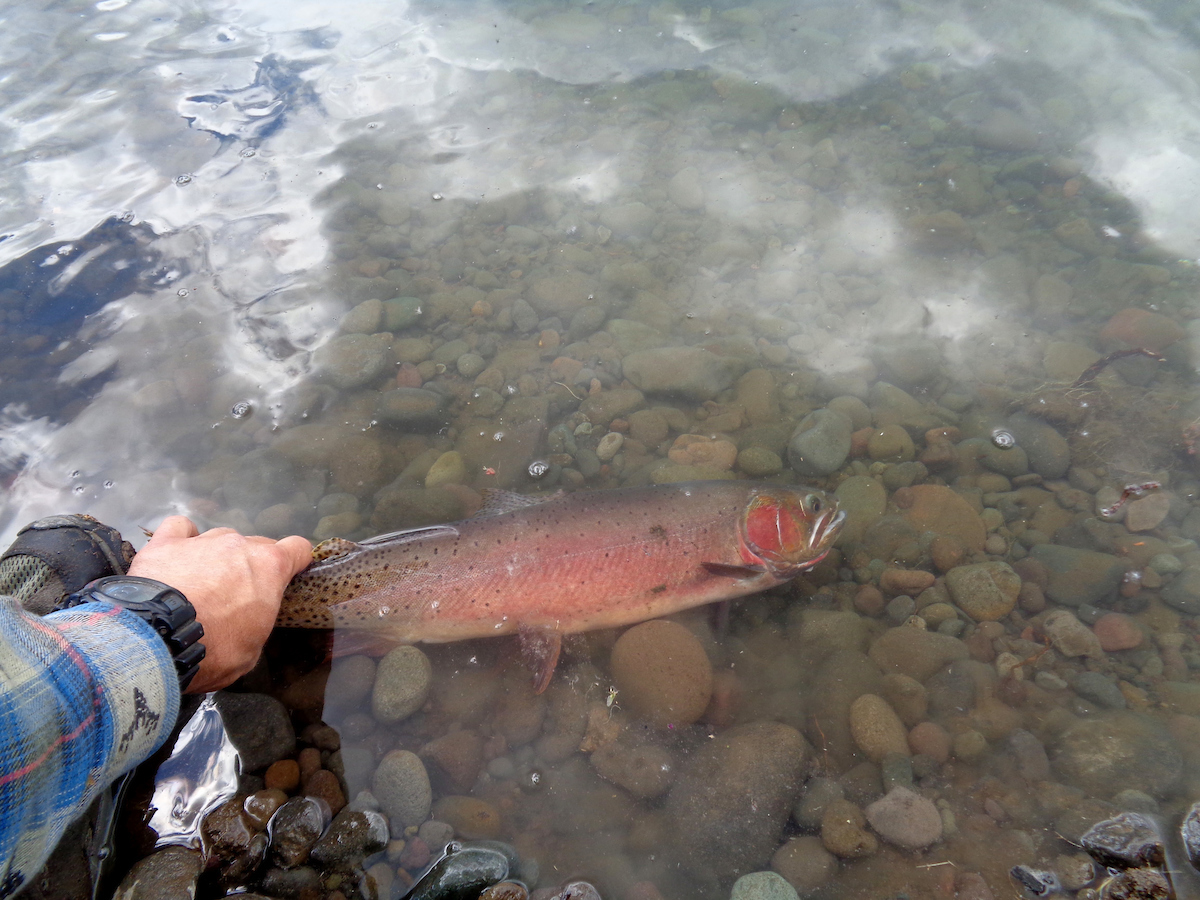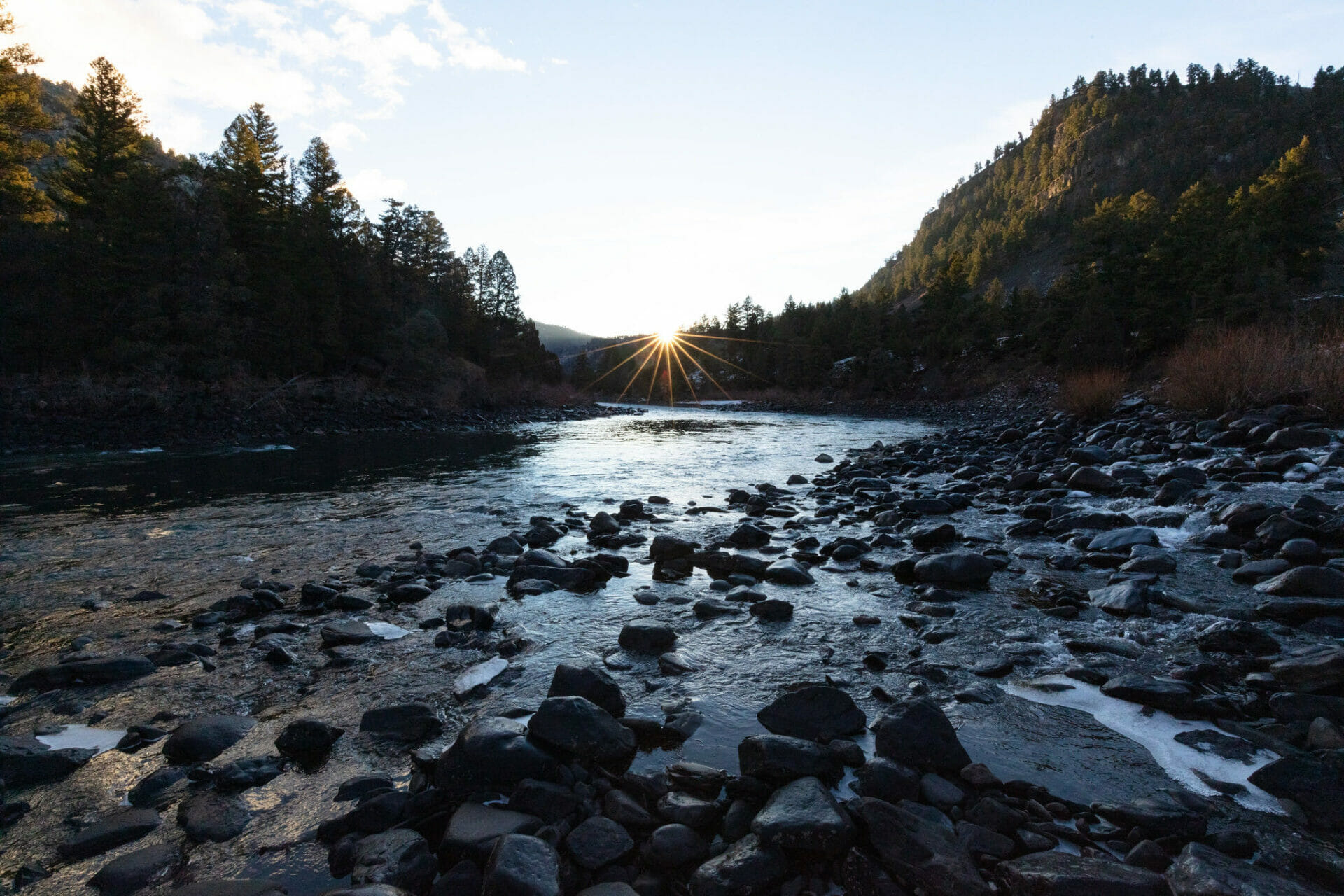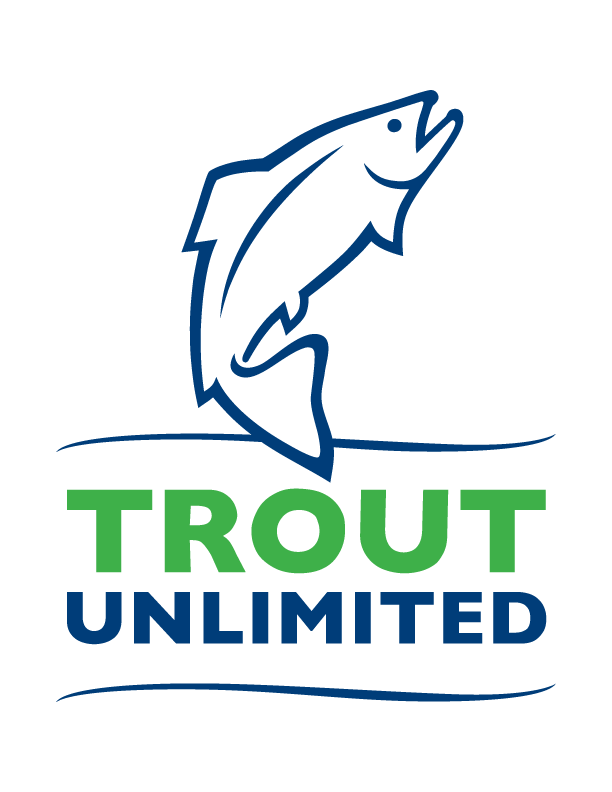Yellowstone River (NPS)
Yellowstone River Basin

Overview
The Yellowstone River is the longest undammed river in the continental United States. The upper Yellowstone and its tributaries also provide critical habitat for a metapopulation of native Yellowstone cutthroat trout. Throughout their range, Yellowstone cutthroat trout occupy just 43 percent of their historic habitat. Of these populations, only 14 percent are secure from any threats in the foreseeable future. For this reason, TU is focused on preserving, restoring, and enhancing the Yellowstone and its tributaries up to 100 miles downstream from Yellowstone National Park where the river transitions away from a trout fishery. Our strategy will reconnect tributaries to the mainstem of the Yellowstone, improve stream flows and fish passage, restore degraded streams and riparian areas, and decrease threats from non-native fish.
Mill Creek

Work being completed at Mill Creek (Trout Unlimited)
Mill Creek is the largest tributary to the Yellowstone River in Paradise Valley and provides critical habitat for resident Yellowstone cutthroat trout in the headwaters and also migratory fish from the river. The persistence of cutthroat trout in Mill Creek is critical to the survival of this unique species, where historic land use practices, irrigation withdrawals, and non-native trout threaten these special cutthroat. To address these issues, Trout Unlimited and our agency and landowner partners seek to protect and enhance habitats for cutthroat trout. At the headwaters, TU is installing a fish barrier to prevent future encroachment of non-natives. In the middle reaches, TU is installing woody structures to diversify habitats. And finally, in the lowest reaches, TU is challenging illegally expanded water rights that dry out the stream in late summer.
Reese Creek

Park hydrologist taking measurements in Reese Creek (National Park Service)
This Yellowstone tributary lies just within Yellowstone National Park, where a rare private agricultural diversion dewatered the lower reaches of the creek. TU orchestrated a complex partnership that installed a new screened diversion intake and 1,000 feet of pipeline to conserve up to four cubic feet per second of water for late season instream flow for cutthroat trout – all while maintaining existing irrigation for agriculture.
Bear Creek

Yellowstone River near Bear Creek (National Park Service)
Bear Creek enters the Yellowstone River in Gardiner, Montana. Gold was discovered in this area in the 1860s, and up until the 1990s, a gold mine and mill operated on the banks of both Bear and Pine Creeks. When the mine closed, TU began collaborating with Kinross Gold, USA, to complete the remediation efforts necessary for this stretch of river. To assist with this, Kinross donated its senior, year-long water rights to TU for instream flow uses. In turn, TU transferred these same water rights to Montana Fish, Wildlife & Parks to be held in perpetuity. These actions have not only permanently increased instream flows year-round, but have also protected spawning and resident cutthroat trout.
Fridley Creek

Restoration site along Fridley Creek (Trout Unlimited)
The North Fork of Fridley Creek was cut off entirely from the Yellowstone River when a major irrigation canal was built in the 1930s. In recent years, TU, a local rancher, and other partners have revived the stream by building a bypass under the canal, restoring the heavily grazed stream channel, and leasing a portion of the irrigation water rights to maintain a year-long connection to the stream. TU also assisted the rancher to modernize their irrigation system to reduce labor and conserve water instream. Finally, the project also encouraged an upstream water user to lease its water rights to TU, further enhancing instream flows to the Yellowstone.
Shields River

Spawning Yellowstone cutthroat (National Park Service)
The Shields River is another major tributary of the Yellowstone River. Its mainstem and tributaries continue still support Yellowstone cutthroat trout, although encroachment from non-native trout and habitat degradation continue to threaten their persistence. TU has been focused on securing instream flow water leases in tributaries of the Shields River, while also restoring degraded stream segments to reduce sedimentation and improve habitats. TU has also partnered with the U.S. Forest Service to remove non-native fish species and improve fish passage in the headwaters of the Shields.
Brackett Creek

Overview of Brackett Creek project area (Trout Unlimited)
A tributary of the Shields River, Brackett Creek is exemplifies TU’s approach to conservation: enhancing flows of cold, clean water to restore degraded habitats. To accomplish this vision, TU secured water leases with the two largest ranches in the area, who also own the most senior water rights. So far, the water leases have improved conditions for native trout by increasing late summer streamflows. Up next, TU restoration projects on Brackett Creek will reconnect fish passage, revegetate eroding streambanks, and restore pool and riffle habitats along key stream reaches.
Beartooth Mountains

Wood structure in the Beartooth Mountains (Trout Unlimited)
The need for restoring large wood to rivers and streams in drainages from the Beartooth Mountains became apparent after an historic flooding event in 2022 that cause severe damage to infrastructure and communities in Southcentral Montana. Montana Trout Unlimited has partnered with the Custer-Gallatin National Forest to reintroduce large woody material such as tree root wads, log jams, and stabilizing streamside vegetation along Rock Creek, East and West Rosebud Creeks, and Soda Butte Creek, which are all tributaries of the Yellowstone River. These efforts will not only provide great habitat for trout species, but will also help mitigate the impacts of flooding in a watershed.
Bighorn Basin

Fishing near Thermopolis, Wyoming (Trout Unlimited)
The Bighorn Basin spans from our nation’s first national forest, Shoshone National Forest (which abuts our first national park, Yellowstone), to the western slopes of the historic Bighorn National Forest. In between, the Basin features magnificent high desert landscapes, dinosaur fossil country, and Bureau of Land Management lands. Across the region, we are using Bipartisan Infrastructure Law (BIL), Inflation Reduction Act (IRA), and U.S. Forest Service Keystone Agreement funding to increase the health of wild trout populations, improve fish passage and floodplain systems, and even enhance aquatic, riparian, and wetland habitats across multiple watersheds.
Of particular note, we are also working closely with the U.S. Forest Service to restore the North Fork of the Shoshone River and nearby tributaries at the Wapiti Ranger Station along the eastern entrance of Yellowstone National Park. As our nation’s first ranger station, the Wapiti Ranger Station carries historical significance and receives consistently high visitation. At the site, we’re hoping to improve streambank stability to minimize the risk to recreation and camping infrastructure nearby, as well as improve the floodplain functions of the area and provide aquatic habitat for native Yellowstone Cutthroat Trout.
Keep Exploring
Connect with the Yellowstone River Basin on Social Media
Stay informed about what Trout Unlimited is doing in your state.
FOLLOW US












